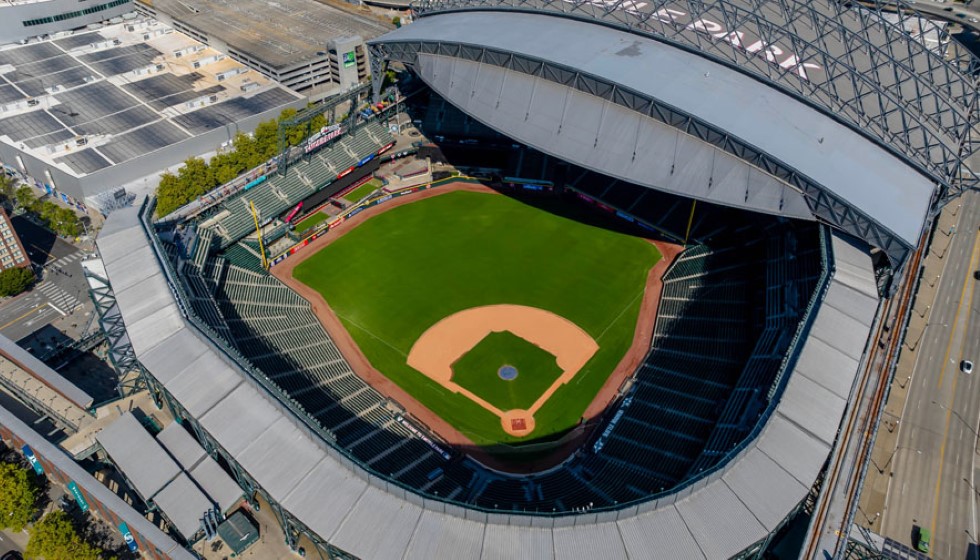
Preparation and Anticipation Build for MLB's Automated Strike Zone System
The landscape of Major League Baseball is on the brink of transformation as the introduction of the automated strike zone system (ABS) appears imminent. In May, MLB commissioner Rob Manfred offered insights into this significant technological shift, hinting at the inevitable integration of ABS into the league.
The ABS has been a topic of discussion for some time, particularly with its implementation at various minor league levels, including Triple-A. The system is designed for precision, boasting an accuracy to within a hundredth of an inch. Manfred expressed confidence in the technology, stating, "We have made material progress; the technology is good to 100th of an inch; the technology in terms of the path of the ball is pluperfect, number one."
Challenges and Player Input
Under the proposed system, each team will have the ability to appeal pitches to the ABS, with a cap of three challenges per game. This aspect of the system has been heavily influenced by player feedback. Manfred emphasized the importance of listening to players, noting, "We have listened – me, in particular, and I've carried a lot of this water with the owners – to player input on how they want to see it rolled out. Our focus, obviously, the second half of this year is on the challenge system, and that is almost 100% based on player feedback."
Minor League Trials and Adjustments
The implementation of ABS in minor league baseball has provided valuable insights. Initially, the system led to an increase in both strikeout and walk rates. However, through fine-tuning and adjustments to the strike zone, these rates have since stabilized. This trial-and-error phase has been crucial in refining the system before its eventual deployment in the majors. The upcoming spring training will serve as a rigorous testing ground for ABS, ensuring it is fully optimized for the big leagues.
"One thing we learned with the changes last year is, a little more time is better than not enough time," Manfred remarked, highlighting the importance of thorough preparation. "Just in terms of making sure when you bring something to the big leagues, you've got to make sure you got it right."
International Influence and Performance Metrics
Beyond the confines of North America, the Korea Baseball Organization (KBO) has already adopted the ABS for this season. The effects on gameplay have been noteworthy, with the league's On-base Plus Slugging (OPS) rising from .712 last year to .766 this year after ABS was introduced. This international example provides a glimpse into the potential impact on MLB's offensive metrics once the system is implemented.
A Look to the Future
The staged rollout of ABS in MLB could commence as early as 2025, marking a significant milestone in the sport's evolution. Several current major league players have already experienced playing under ABS during their time in the minors or on rehab assignments, potentially easing the transition period.
As anticipation builds, the focus remains on optimizing the technology and ensuring its smooth integration into the MLB. The ABS represents a step toward greater accuracy and consistency in officiating, promising to enhance the overall quality of the game. With rigorous testing and valuable player input, this technological advancement stands to redefine baseball's strike zone, bringing a new era of precision to America's pastime.